
How does your dog feel about riding in your car? If it has no fear and loves a road trip, chances are it will jump right in. On the other hand, if it's afraid, it may struggle with you as you're trying to get it safely inside the car and whine or act up the whole way. Although this is a common dog phobia, it can be discouraging, distracting, and a potentially unsafe way to drive.
Fortunately, most people can help their dogs overcome this fear and become comfortable during car rides. The key is to gradually introduce your dog to the experience while associating the car with good experiences, including lots of positive reinforcement.
There are several reasons your dog may be scared of riding in your car. Your first move is determining which one is affecting your dog so you can figure out what to do next.
Just as people do, some dogs get car sick. They may feel nauseated or even vomit during car rides. If this sounds like your dog, that queasy, sick feeling may have conditioned your pet to become fearful of riding in cars.
Dogs that aren't used to going on car rides may be disturbed by the odd feeling of riding in a car. Cars usually have their own smell, and there's also the sound of the engine, the vibrations of the floor, and seeing everything whizzing past at a fast speed. Any or all of these things may make for a very frightening experience for your dog.
Some dogs associate the car with negative experiences, which can easily develop into a fear. For instance, the only time many dogs set their paws in a car is for a trip to the veterinarian. If your dog has negative feelings about going to the vet, those feelings may transfer to car rides.
If you adopt a shelter dog, the likelihood of them having had traumatic experiences that you don't know about increases. It's possible that the dog's only encounters with car rides were the trip to the shelter (or to a spot where it was abandoned) and the car ride to a new home. These frightening experiences could also account for a car phobia.
Similarly, a dog that's been involved in a car accident or hit by a car may have long-lasting fears about cars in general.
If your dog's fear of the car is related to car sickness, there's a fairly easy fix as dogs can take some over-the-counter medications to ease motion sickness. Talk to your veterinarian about the proper brand and dosage and whether this is a good option for your dog. It may also help to avoid car rides soon after your dog has had a meal.
If your dog's fear of car rides stems from more than motion sickness, chances are you'll have to put a bit more time and effort into getting rid of its phobia. By slowly introducing your dog to the car and creating a positive association with the experience, you can help your dog enjoy car rides.
Be patient and consistent with your dog and work in short sessions. Keep things positive and end each session before your dog has a chance to go into full-blown fear mode.
All dogs are different, and depending on the degree to which your dog is afraid, you can expect it to take a while for your canine buddy to conquer its fear. You may even need to go back a few steps if your dog unexpectedly reverts to fearful behaviors, which is okay, too.

Exploring the Different Types of Pet-Friendly Beaches
Are you looking for pet-friendly beaches? Learn about the different types of pet-friendly beaches, their locations, and tips for visiting them with your pet.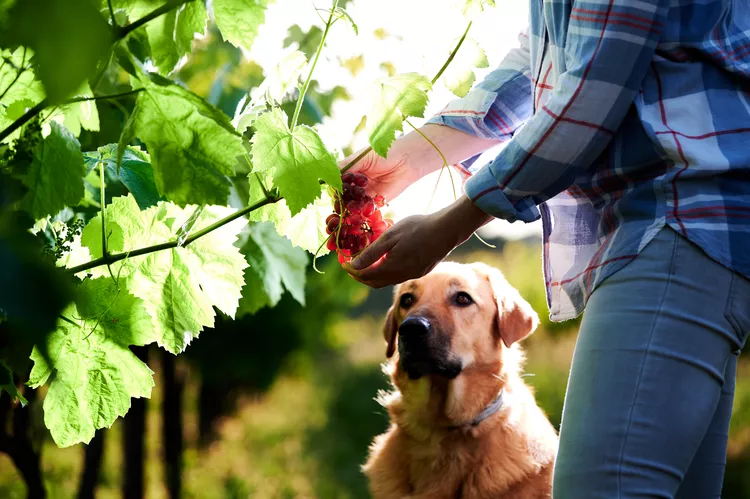
Exploring Pet-Friendly Wineries: Types, Locations, and More
Discover the different types of pet-friendly wineries, where to find them, and what to expect when you visit. Learn more with The Spruce Pets.
Why Is My Dog’s Eye Swollen?
If your dog's eye is swollen, she may need veterinary attention. The inflammation could be caused by allergies, an injury, or even a tumor.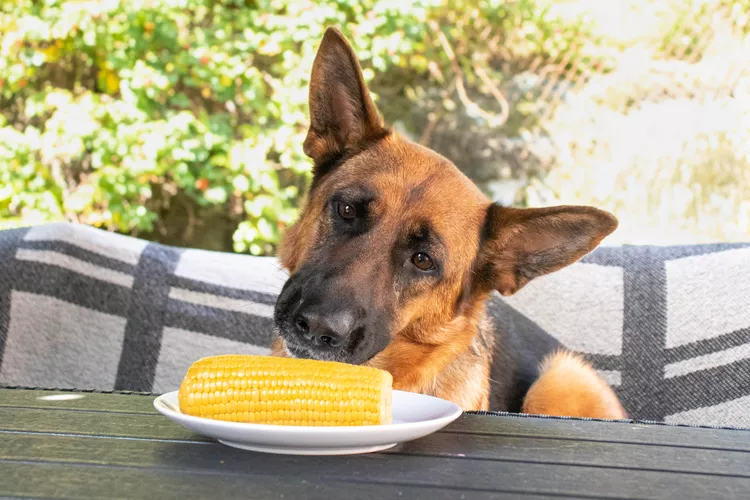
Can Dogs Eat Corn on the Cob?
Dogs love chewing on corn cobs, but this can cause serious harm. Learn about the dangers of corn cobs and find out what to do if your dog eats one.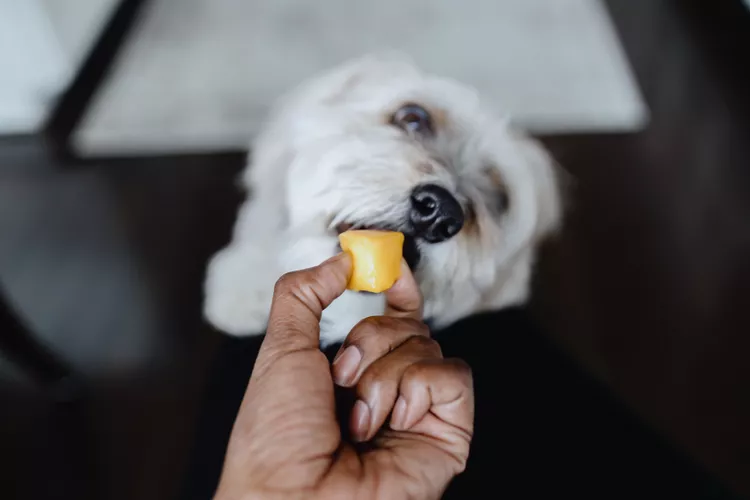
Can Dogs Eat Papaya? What to Know About Sharing This Tropical Fruit With Your Pup
Papaya is safe for dogs in moderation, and it can even provide some nutritional value for them. However, too much can cause digestive upset, and it's not suitable to share with dogs with certain health conditions.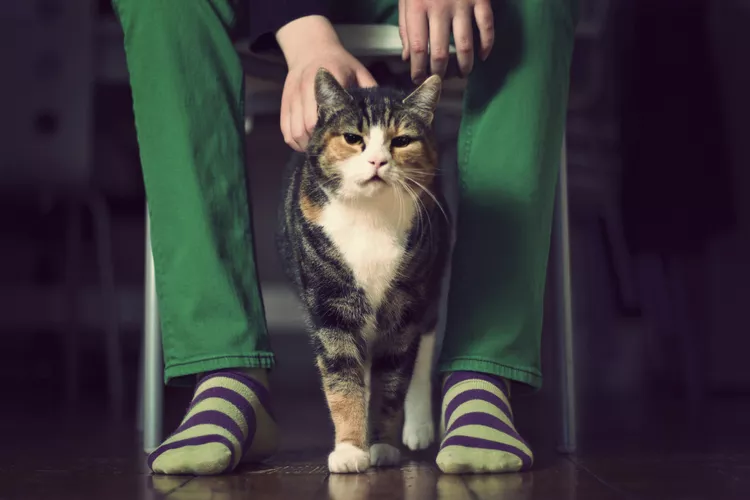
65 Irish Cat Names
Irish cat names can pay homage to historical places, local cuisine, famous Irish actors and musicians, or other wonderful aspects of the Emerald Isle.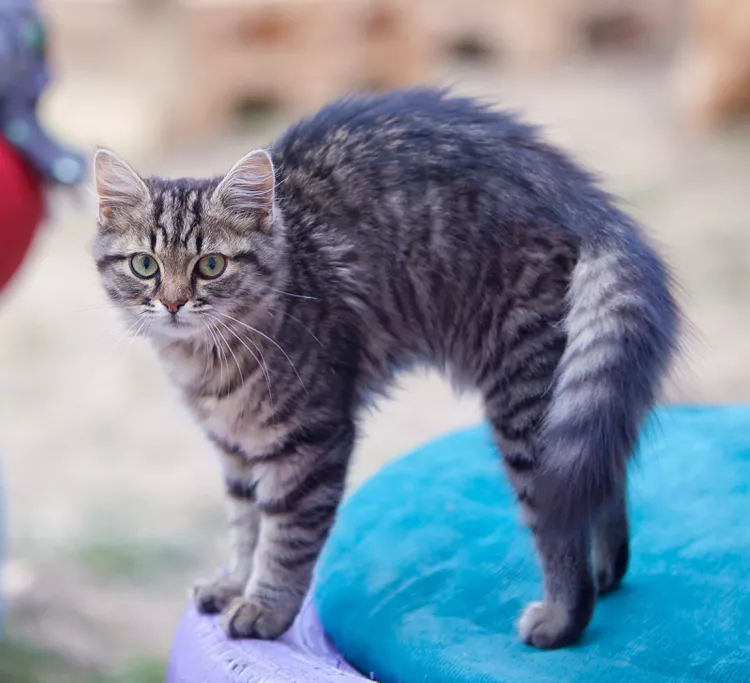
Feline Hyperesthesia Syndrome (FHS) in Cats
Rippling skin is more than dermal sensitivity in cats. It can be a sign of Feline Hyperesthesia Syndrome. Learn the causes, treatment, and prevention.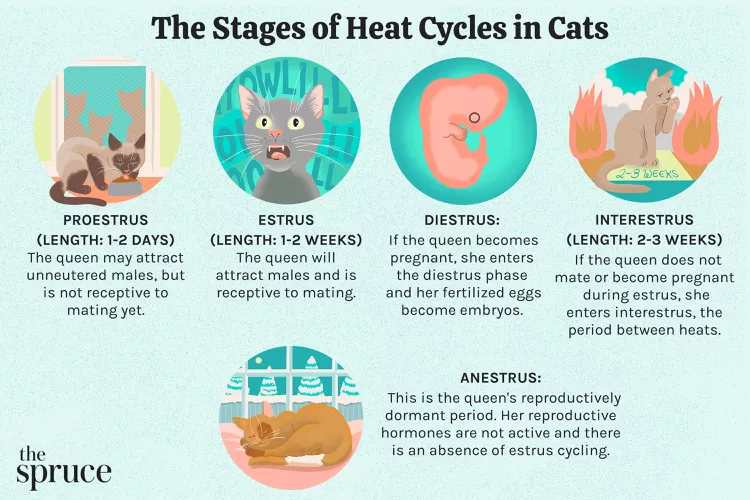
How Long Are Cats in Heat?
How long are cats in heat? Learn about the heat cycles of cats, also called estrus, as well as the reasons you should spay your cat.
Can Dogs Eat Raw Chicken Feet?
What are the potential health benefits of chicken feet for dogs? What are the risks?
Is Eucalyptus Safe for Cats?
Many products containing eucalyptus are not safe for cats, and it is important to be aware of the risks to your cat.
What You Need to Know About Homemade Cat Food
If you want to cook for your cat, make sure to read about the risks associated with homemade diets for cats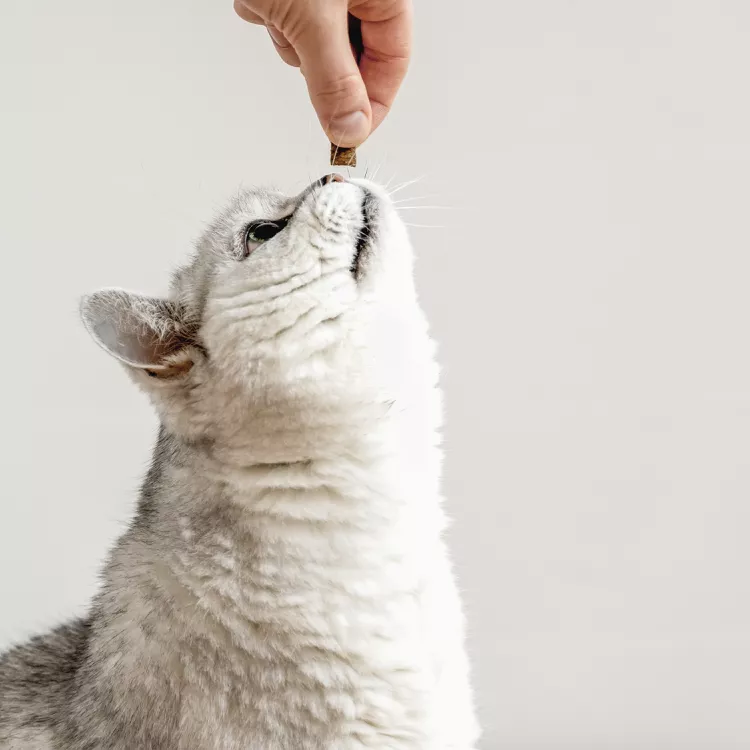
Can Cats Eat Peanut Butter?
Peanut butter is not toxic to cats, but it might not be the best choice of treat for them.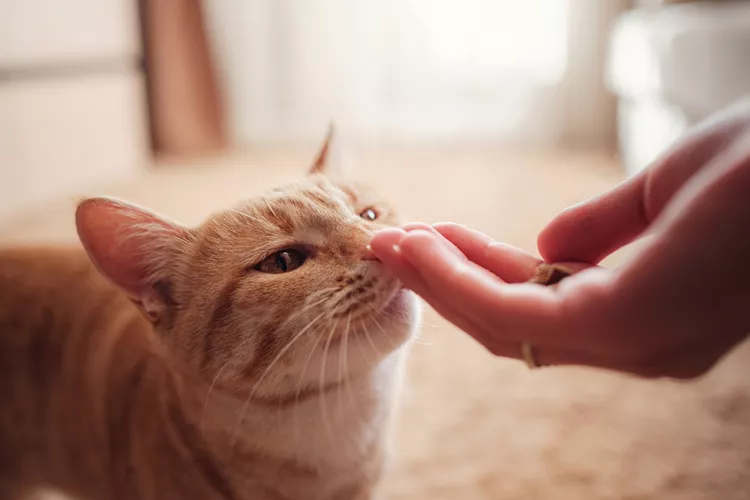
Can Cats Eat Cheese?
Can cats eat cheese? Is it healthy for them? How much can they eat and what should you do if you fear your cat has eaten too much cheese?
8 Flat-Faced Cats with the Cutest Smooshed Faces
These flat-faced cat breeds have a distinct and adorable appearance. Learn about their origins and traits, and the potential health risks tied to their unique facial structures.
Pictures and Facts About Bengal Cats and Kittens
Bengal cats are a cross between wild cats and domestic cats. Learn more about what they look like and pictures of this beautiful spotted breed.
Top 10 Big House Cats
Larger cat breeds, like Maine coons and savannahs, deserve just as much love as their petite counterparts. These big house cats tip the scales.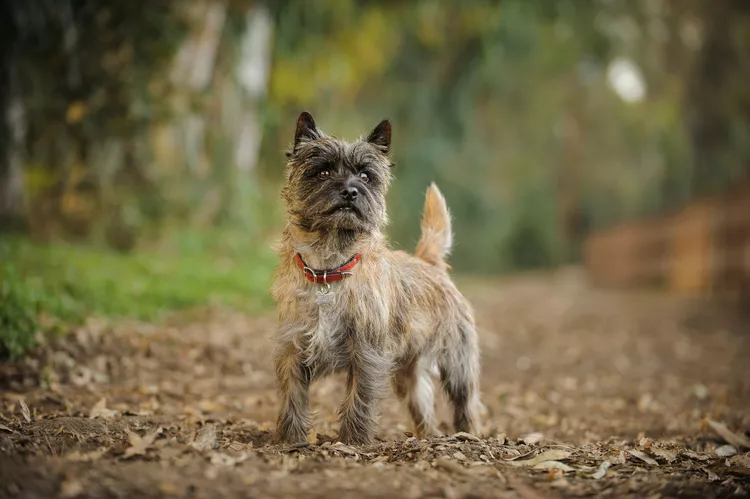
Cairn Terrier: Dog Breed Characteristics & Care
The cairn terrier is a spunky, affectionate, and intelligent dog from Scotland. The breed became famous when one played Toto in The Wizard of Oz. Learn about the temperament, history, health, and care needs of the cairn terrier dog breed.
Reasons Why Dogs Grind Their Teeth
Some dogs grind their teeth. Learn why dogs grind their teeth and if it can be harmful. Find out what to do about teeth grinding in dogs.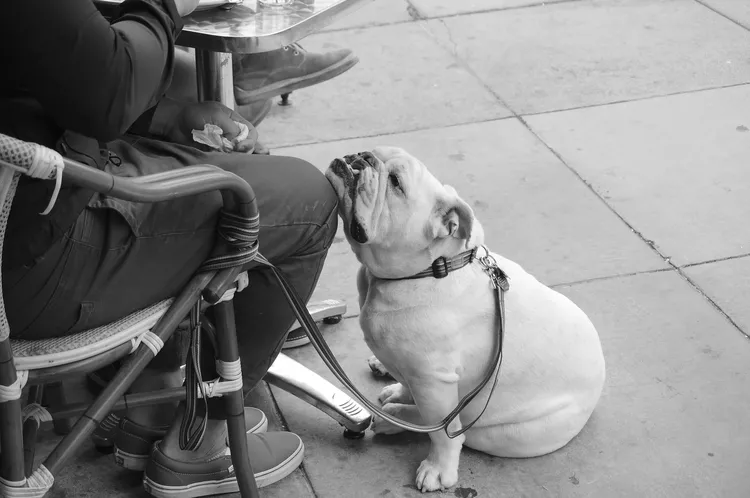
This Is Why Some Dogs Lean on People
Certain dogs really love leaning on their humans. What does this mean? Find out why dogs lean on people and if this is ever a problem.
Can Dogs Get Depression? How to Help Your Sad Dog
Can dogs get depression? Learn about the signs of depression in dogs and find out how to help your sad dog.